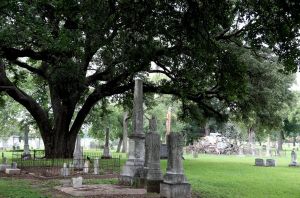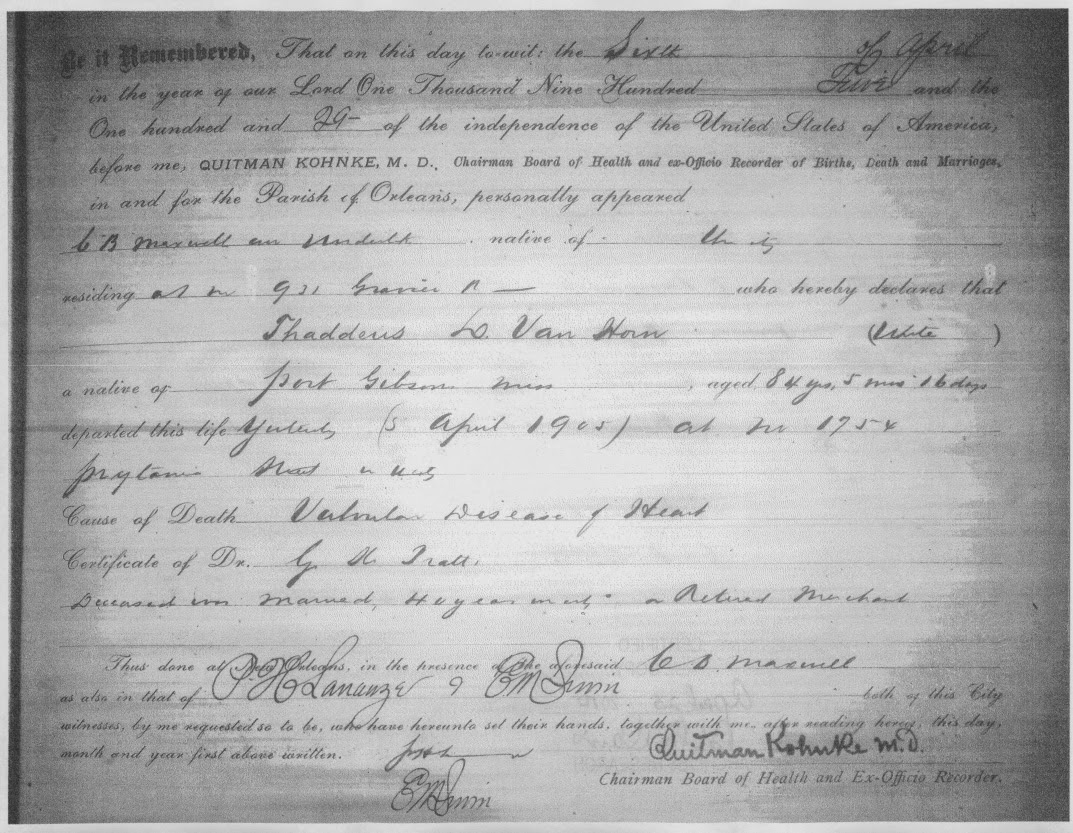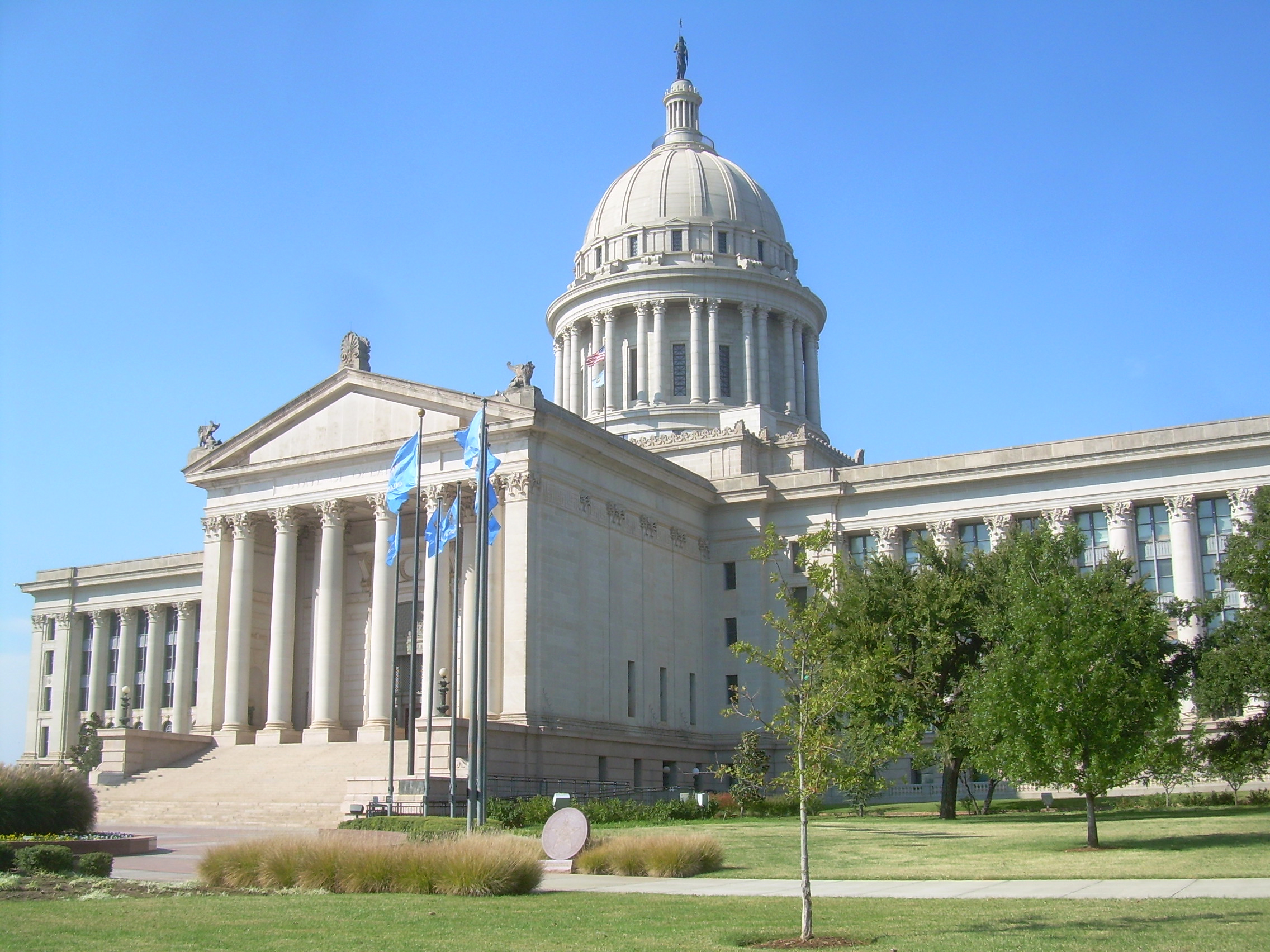OK, this is a blog editor warning message. What follows is a major rant and editorial on my part. If you don't like such things, move on. Nothing here for you to see.
Sometimes these two giants absolutely test my patience beyond belief.
Now don't get me wrong here, I'm not an old stuffed shirt who just likes to bitch and complain about change and technology and new things. I consider myself pretty darn tech savvy (heck I teach this stuff to local genealogists at the local college). But just darn. Will you guys just please quite changing your sites and quit adding pretty much useless functionality or at least slow things down a bit.
I just spent 10 minutes digging around the records section at FamilySearch looking for some specific records sets I wanted to search in. It wasn't that way the last time I checked. What I got on default after the map and digging thru a couple of levels was an all-in-one search template.
I absolutely "HATE" all-in-one search templates and to make that the default, well this is just another strike to the people who are suppose the smart ones genealogy community. Please FamilySearch just show me record sets that are available for searching and let me picked my search needs. This is the second strike against you guys in Salt lake.
The first strike against you is your absolutely insane family tree system which I have documented on this site before.
And Ancestry you aren't off the hook either. When are you going to change the default view on your trees from Family to Pedigree. I have canvassed everyone I know that works with your trees and have yet to find anyone who likes the family view as the default.
And now Ancestry is telling us that they now have figured out the magic bullet in regard to IBS vs IBD DNA matches, and they will be applying their new research to all our DNA matches in mass at some unspecified time between now and the end of the year.
How in the hell did you know I wanted you to do that? And your going to magically make thousands of DNA matches disappear from my match pages because your genetic scientist on this stuff have found that IBS vs IBD DNA magic bullet?
Oh Lord, I hope this works out better than their first stab at ethnic estimates which had this old square headed German fellow (me) as 22% Scandinavian.
I have a good idea Ancestry. How about adding another filter that let's me kick in or out your IBS vs IBD research and switching between it and my original matches you have given me. That way I can make some basic decisions myself instead you of doing my thinking for me.
And then there was this little new graphic which popped up during my DNA genealogy class last night at the college.
Uh, Ancestry what the heck is this thing? You pop stuff up in "our" DNA accounts on each matches page with no explanation whatsoever what it is or what it is for.
As far as I can see it doesn't do anything, it isn't tied to a link, it is just there next to the relationship info on each match's page doing what? So let me get this straight. You have been spending your time and money putting a cute DNA graphic icon on my matches pages?
Here is where it is placed on the match page in case you haven't checked your match pages lately.
That sound you hear was some more of what little hair I have left being torn from the top of my head and hitting the floor.
And then there is this change. While showing the class last nights what finds you may come across by closely examining a "No Family Tree" DNA match page I get this big mess below (click on graphic to zoom in closer).
Hello Ancestry! Are you people kidding? I don't need a lesson on how to link my DNA test results to a tree, the match does. Send it to the match. I don't need to see all this "stuff" on every match that doesn't have a tree linked I open up. Honestly, I don't have the time to write each of these folks and send them a tutorial about why they need to link their tree to their DNA results.
Uh, I have an idea. How about you doing that Ancestry.
None of this makes any sense and instead of all this window dressing when are you going to give us some real tools to work with? My patience with you folks is really starting to wear a bit thin at this point and I have been a paying subscriber for nearly 14 years now.
So here is the bet I'll make with you dear reader. For the last 14 years every time I have taught a class on Ancestry these folks make major changes anywhere from a day or two up to a couple of weeks after the class is over.
I taught two advanced classes this Fall semester on Ancestry (living dangerously I guess). Since my Ancestry DNA class ends next Thursday night I know what is coming. And with this mess I showed you all above popping up now, I'll bet you a steak dinner that right after class is over they will make major changes to the functionality of the Ancestry match DNA pages. Happens every time. Me and my students have come to expect it.
Sometimes change is not a good thing Ancestry and FamilySearch. Maybe you should canvass some real honest to goodness genealogists who are actually out here in the real world trying to do genealogy using your websites. Maybe then you would get some honest and good feedback instead of bright ideas from programmers trying to keep their jobs by making constant changes.
Change can be good if it is useful, increases functionality and streamlines research time. But if I have to dig around to find stuff, learn new things about using your site every couple of months, buy a new book to learn about your new changes, and continually make changes to "my" tree because your computer is changing my stuff to something else which is usually wrong, what is the point.
You and your changes have left me with no time left to do, uh shall we say, "Genealogy Research!"

















